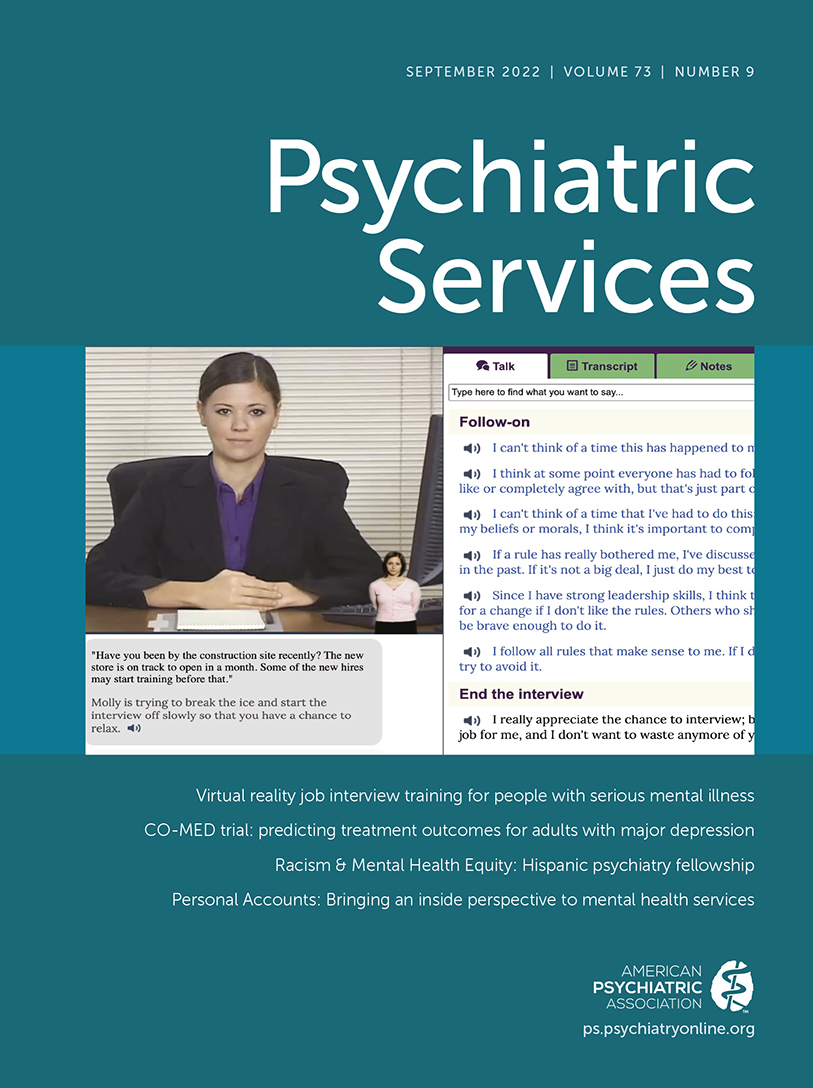Quantifying Balance Billing for Out-of-Network Behavioral Health Care in Employer-Sponsored Insurance
Abstract
Objective:
The study estimated balance billing for out-of-network behavioral health claims and described subscriber characteristics associated with higher billing.
Methods:
Claims data (2011–2014) from a national managed behavioral health organization’s employer-sponsored insurance (N=196,034 family-years with out-of-network behavioral health claims) were used to calculate inflation-adjusted annual balance billing—the submitted amount (charged by provider) minus the allowed amount (insurer agreed to pay plus patient cost-sharing) and any discounts offered by the provider. Among family-years with complete sociodemographic data (N=68,659), regressions modeled balance billing as a function of plan and provider supply, subscriber and family-year, and employer characteristics. A two-part model accounted for family-years without balance billing.
Results:
Among the 50% of family-years with balance billing, mean±SD balance billing was $861±$3,500 (median, $175; 90th percentile, $1,684). Adjusted analysis found balance billing was higher ($523 higher, 95% confidence interval [CI]=$340, $705) for carve-out versus carve-in plans and for health maintenance organization (HMO) enrollees versus non–HMO enrollees ($156, 95% CI=$75, $237); for subscribers with a bachelor’s degree, compared with an associate’s degree or with a high school diploma or lower (between $172 [95% CI=$228, $116] and $224 [95% CI=$284, $163] higher, respectively); and for subscribers ages 45–54, compared with those ages 35–44 and 18–24 (between $57 [95% CI=$103, $10] and $290 [95% CI=$398, $183] higher, respectively). Balance billing was lower in states with more in-network providers per capita (–$8, 95% CI=–$10, –$5).
Conclusions:
Balance billing for out-of-network behavioral health claims may be burdensome. Expanded behavioral health networks may improve access.



